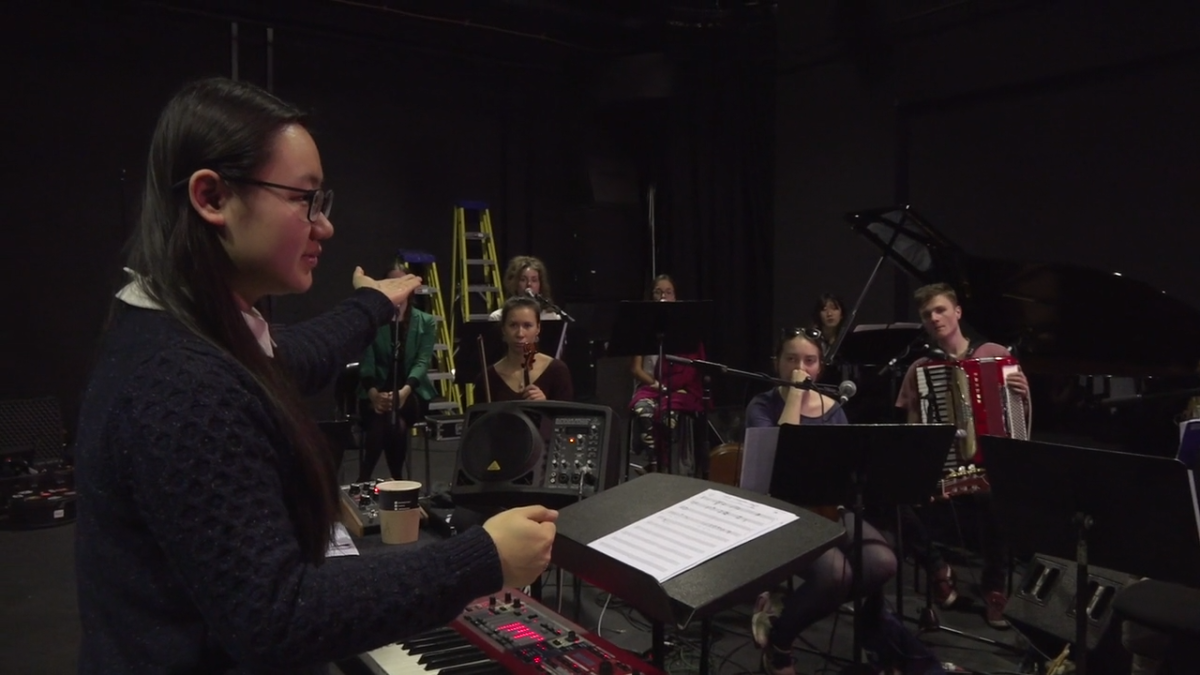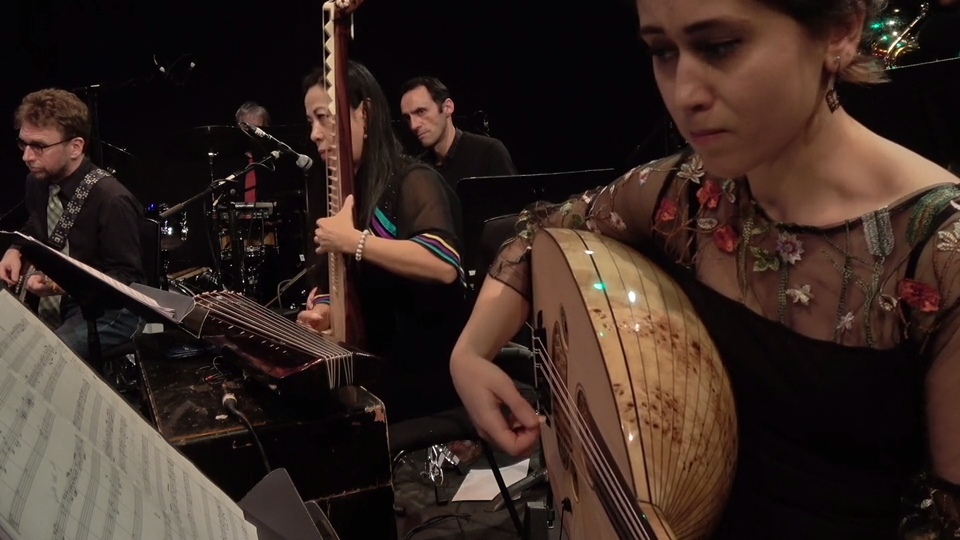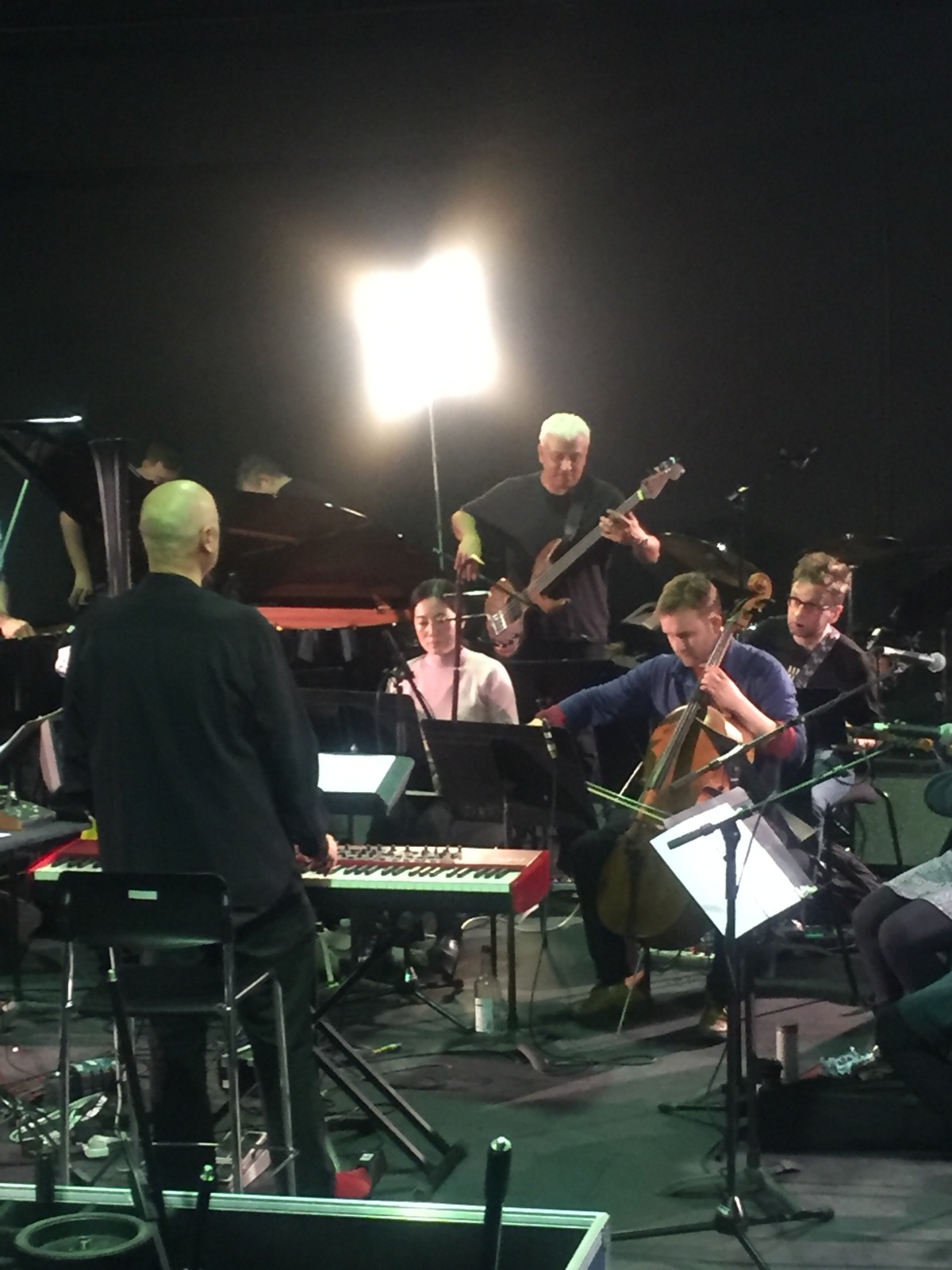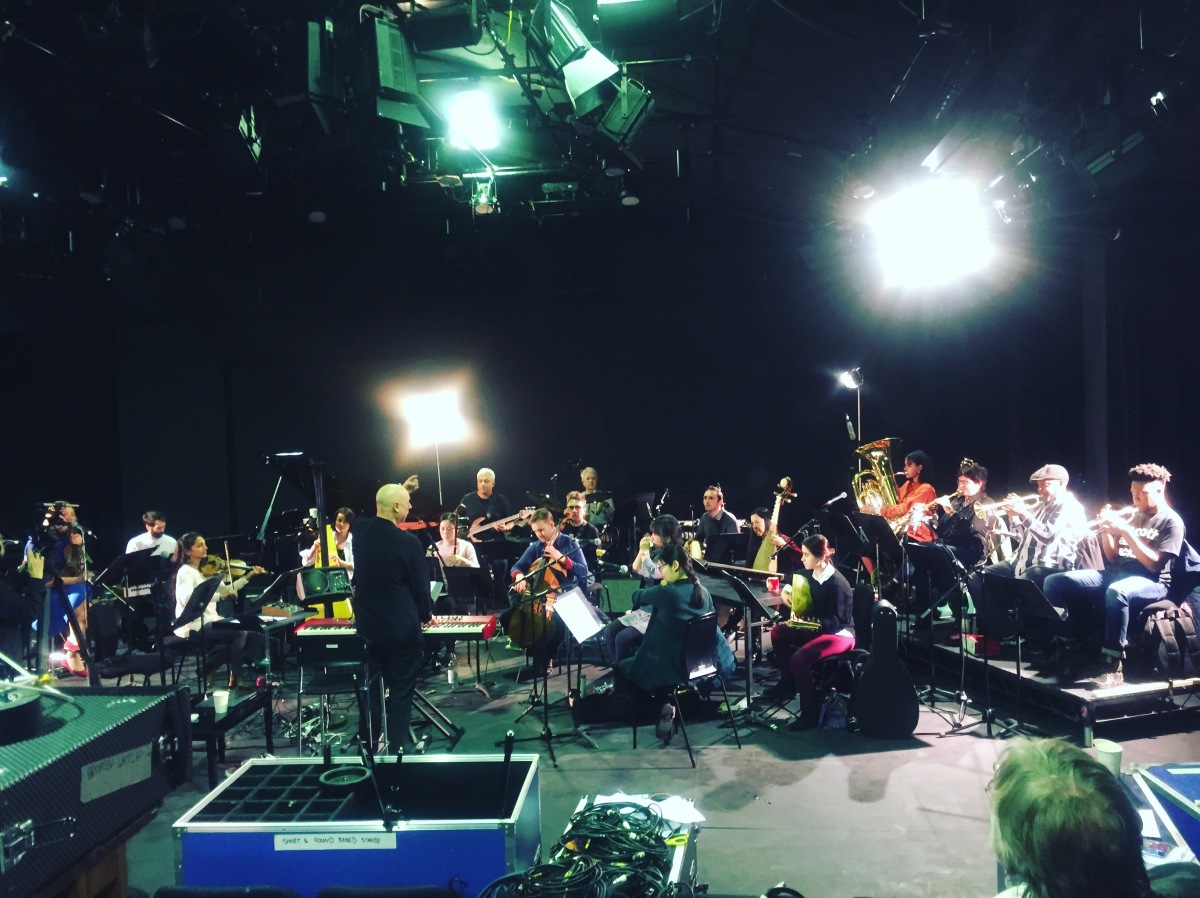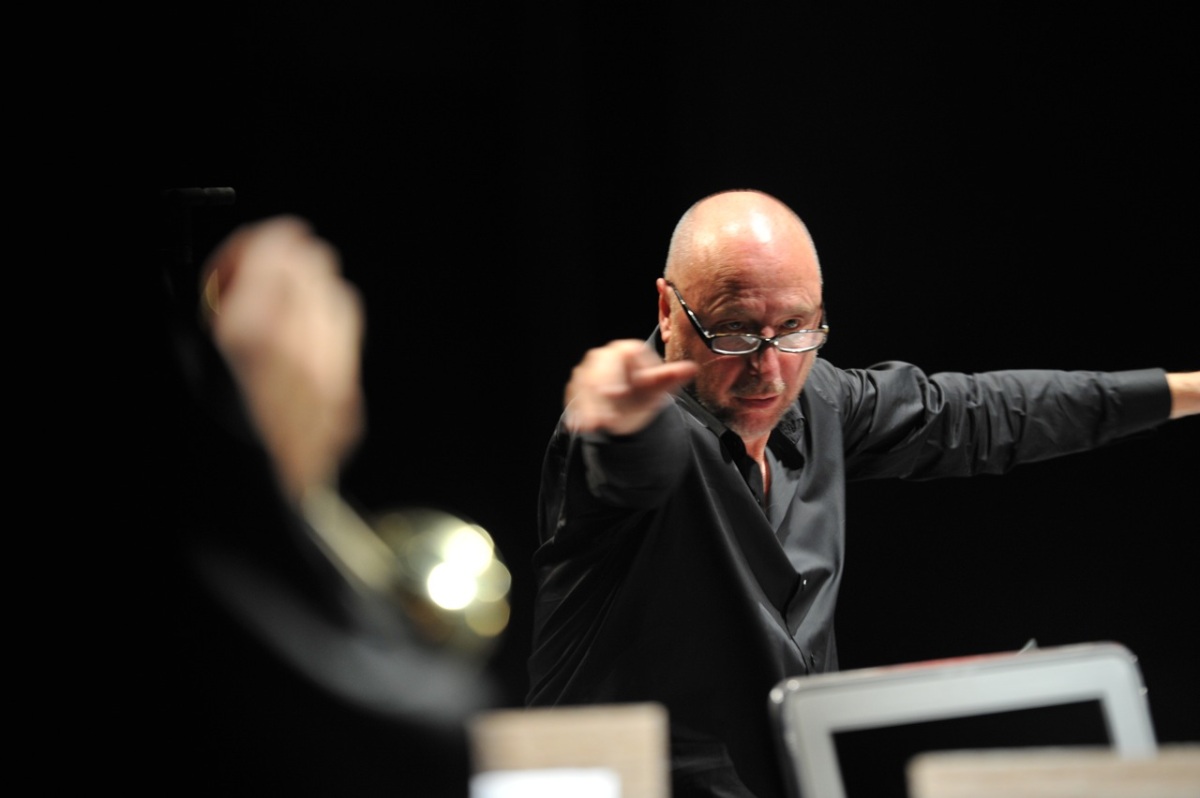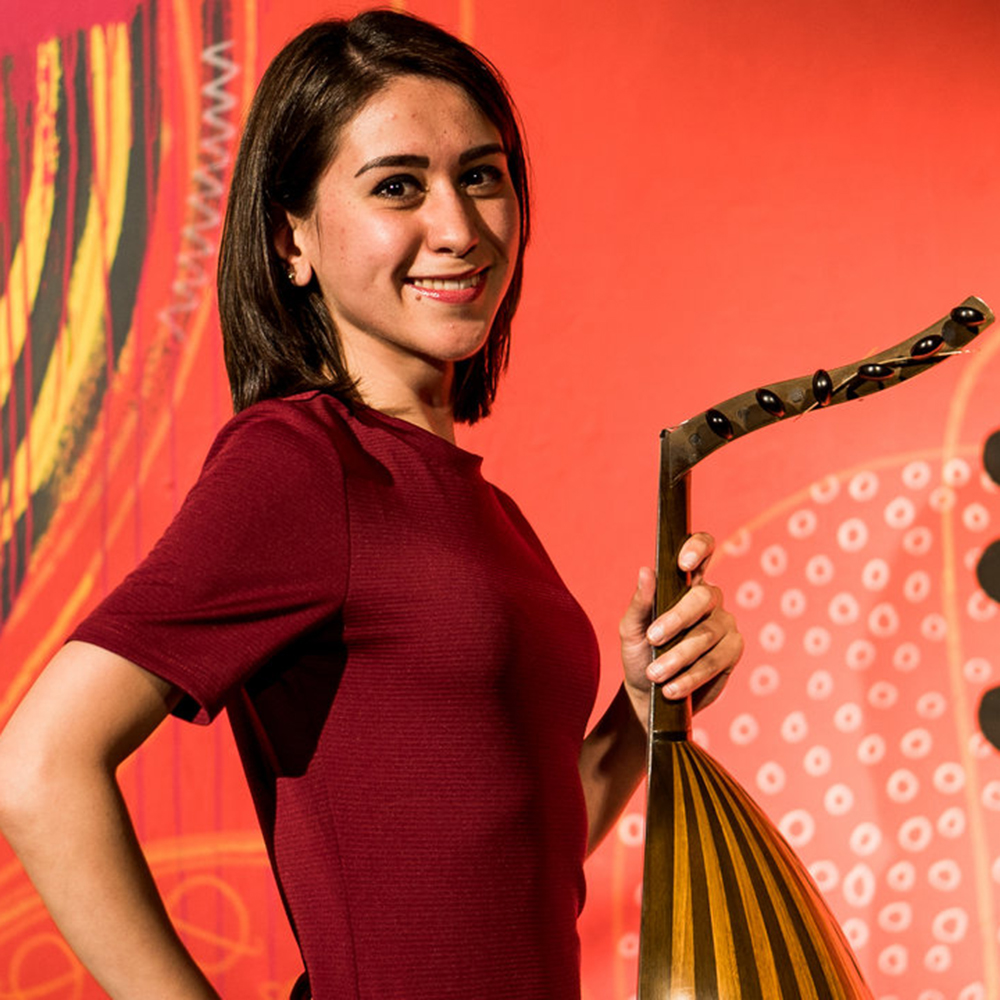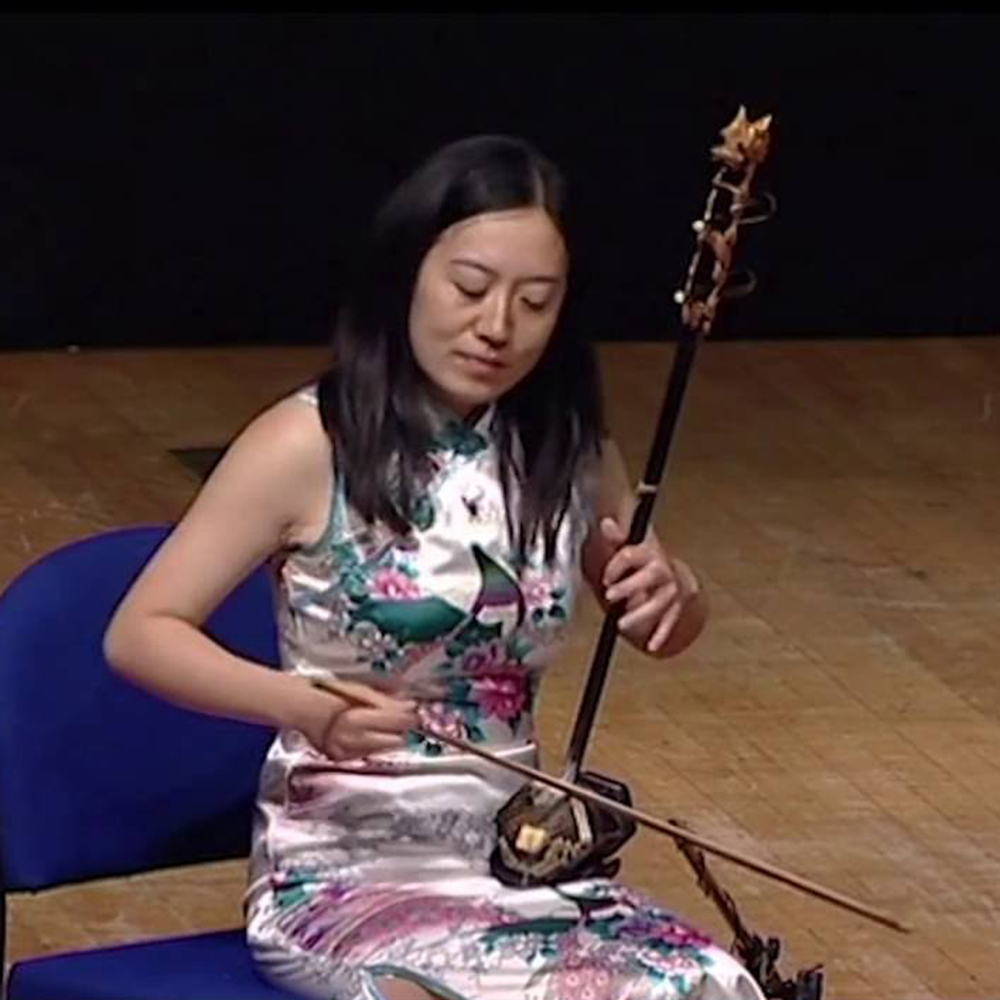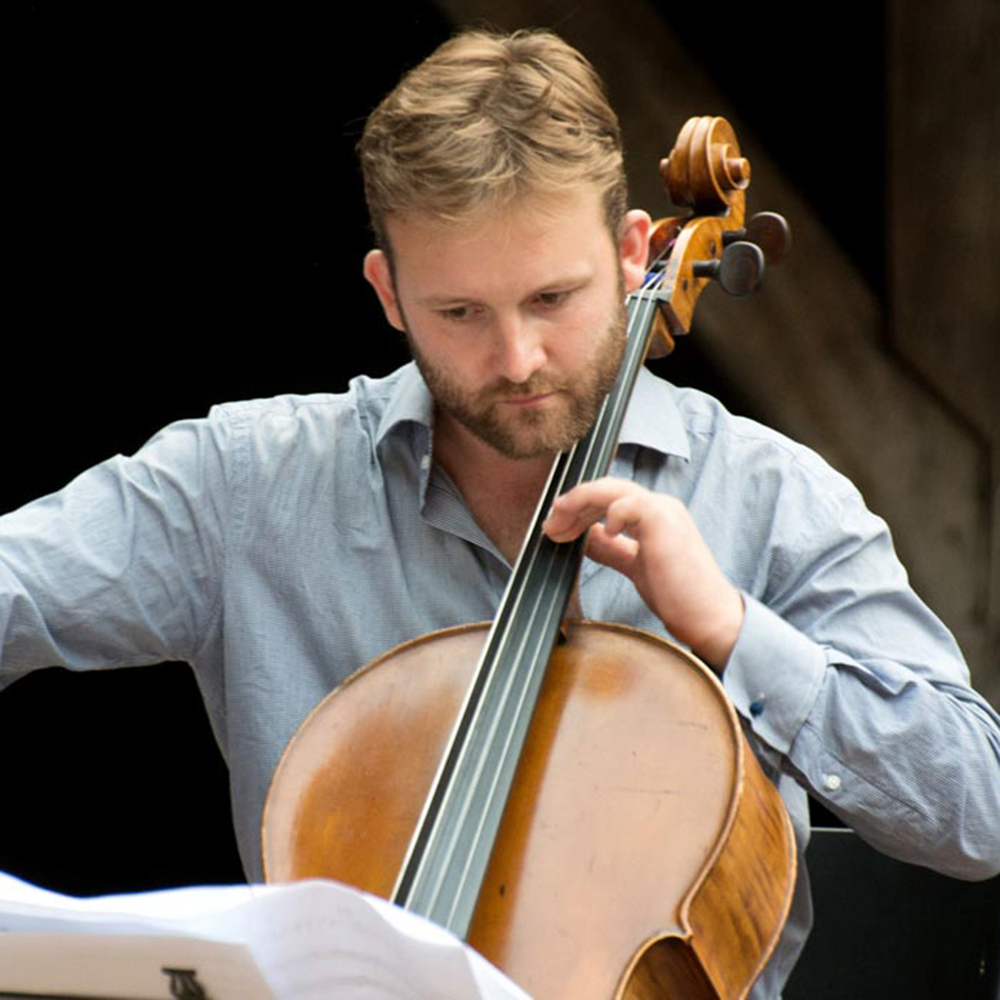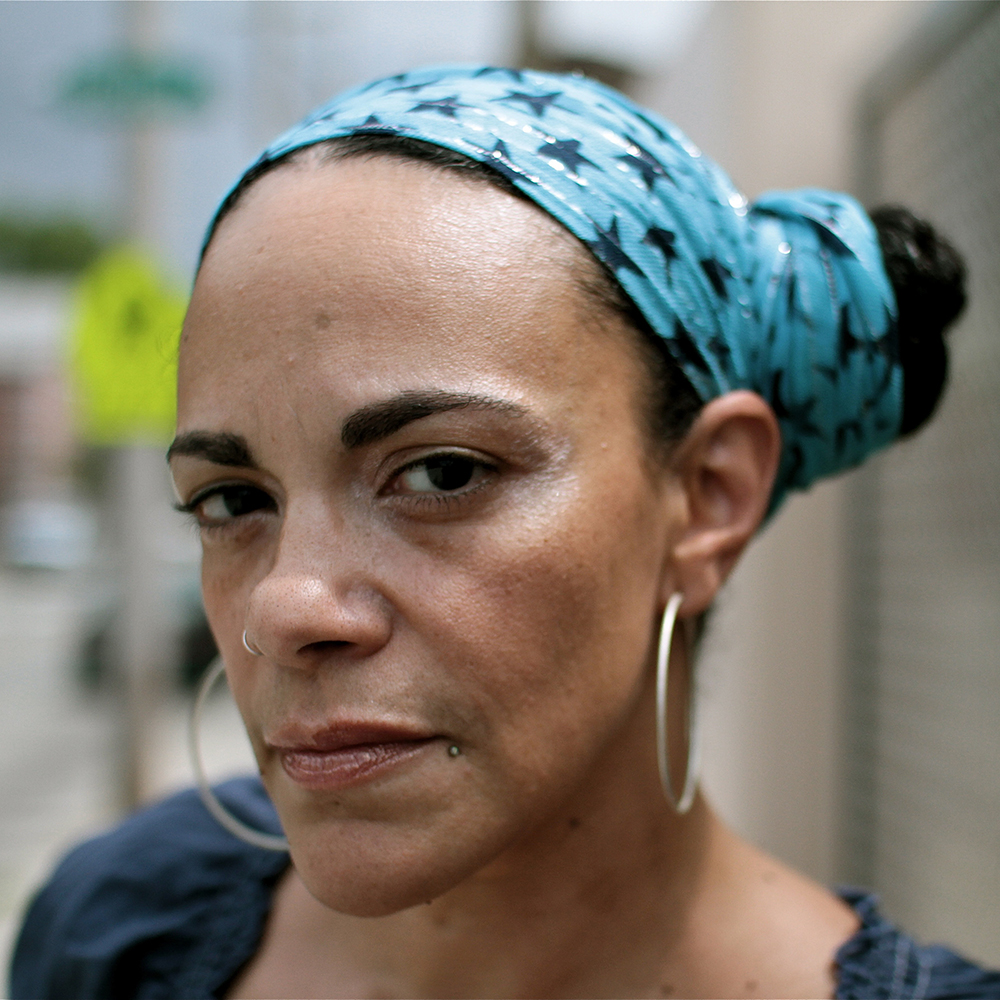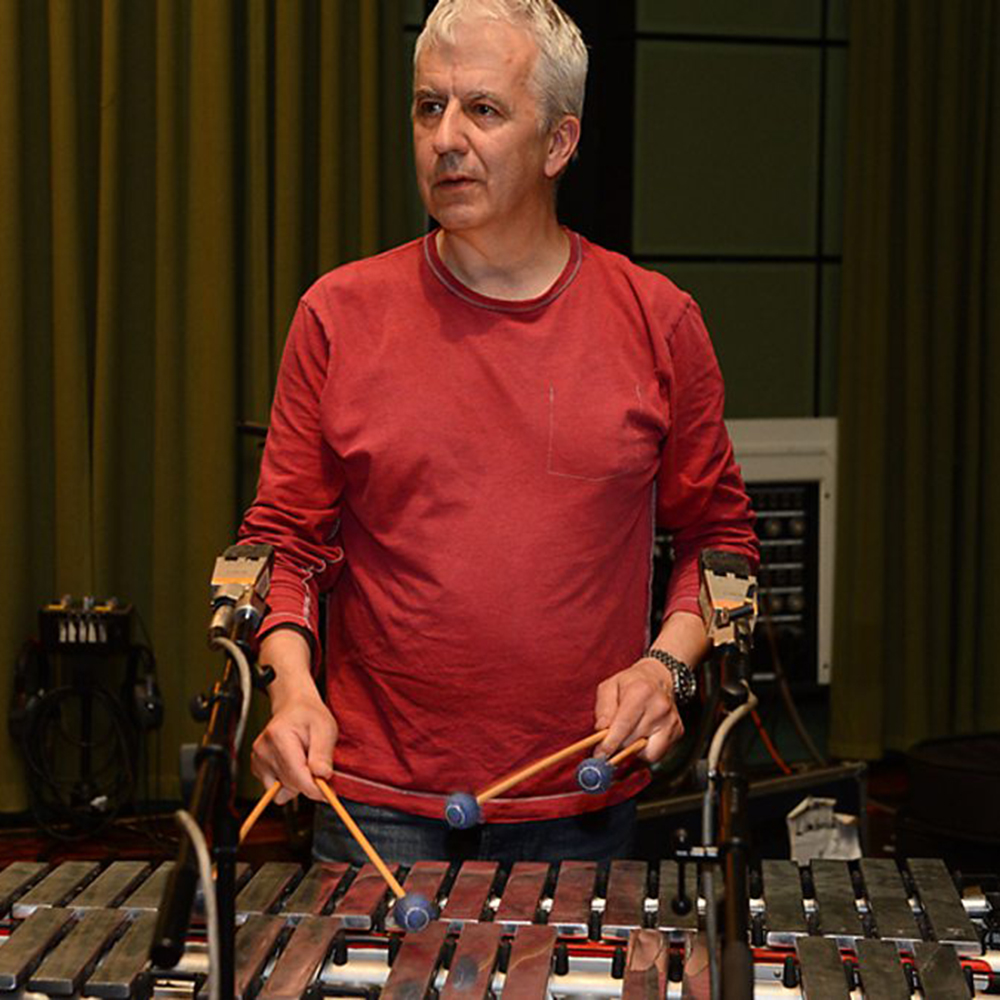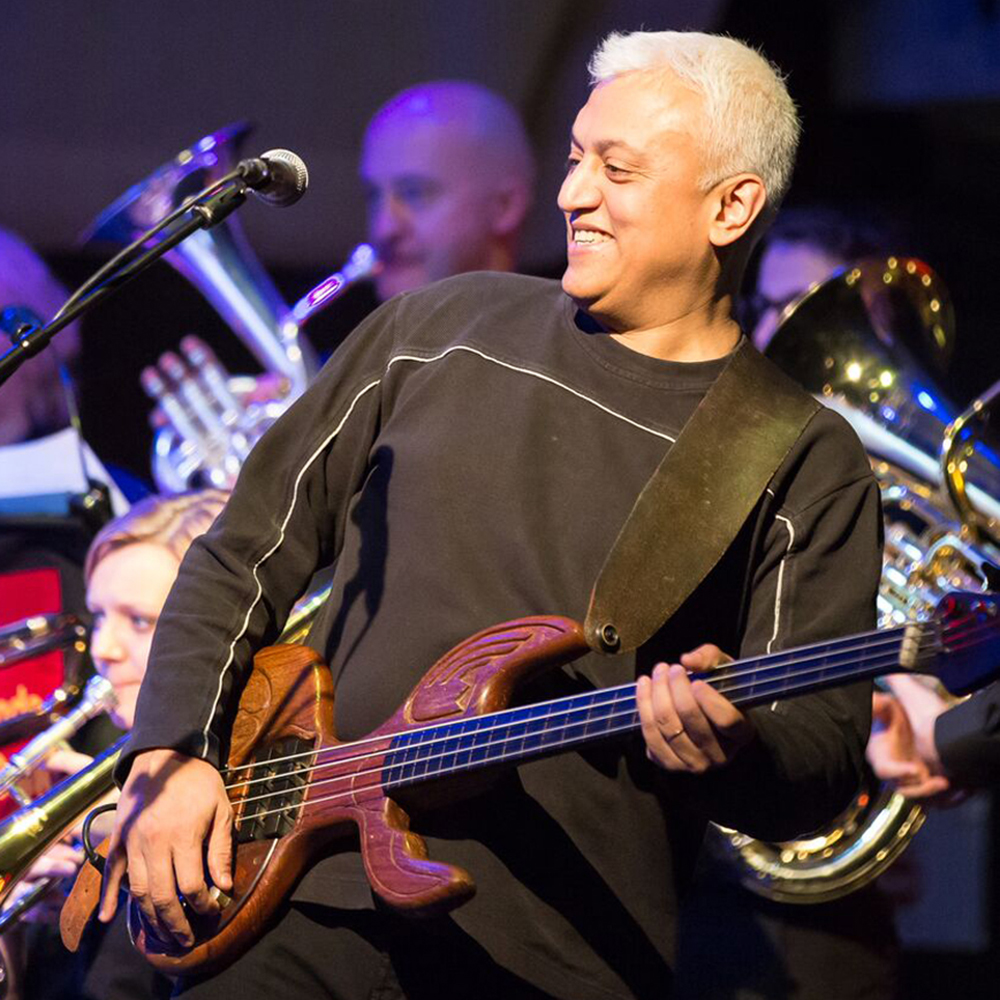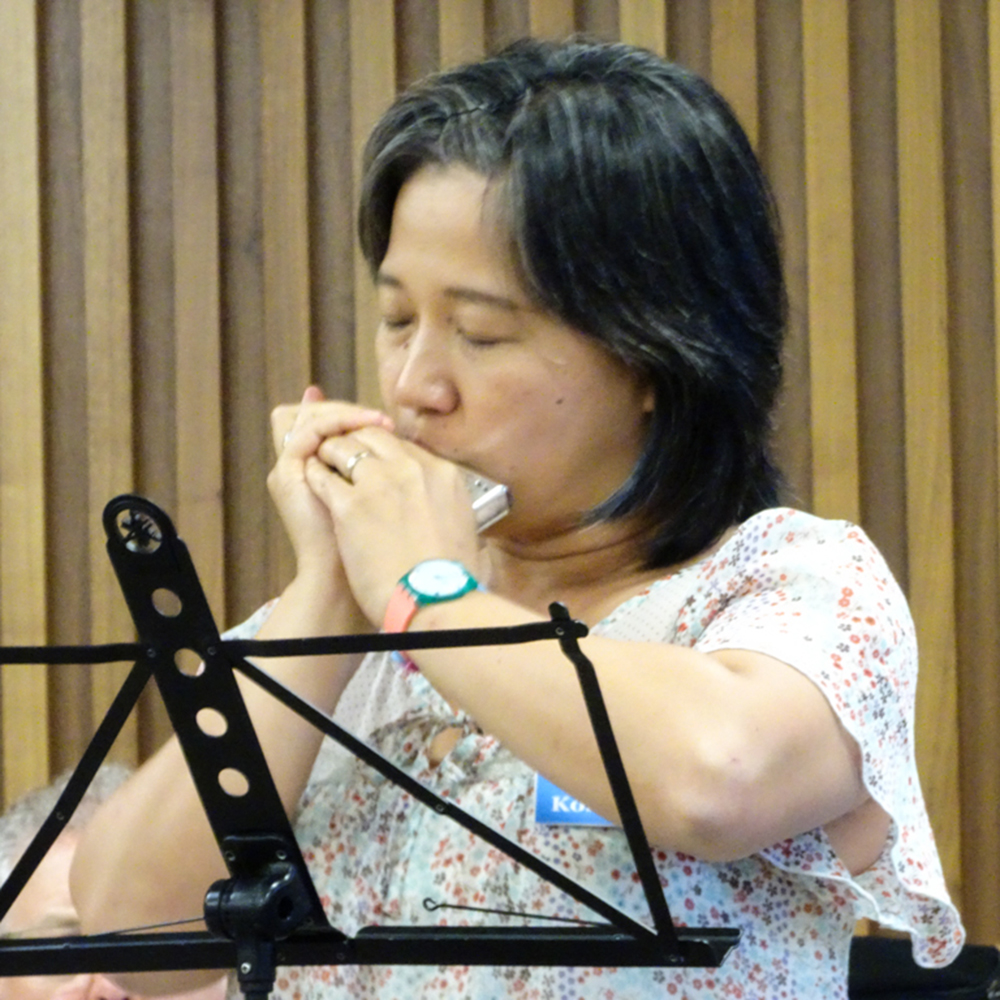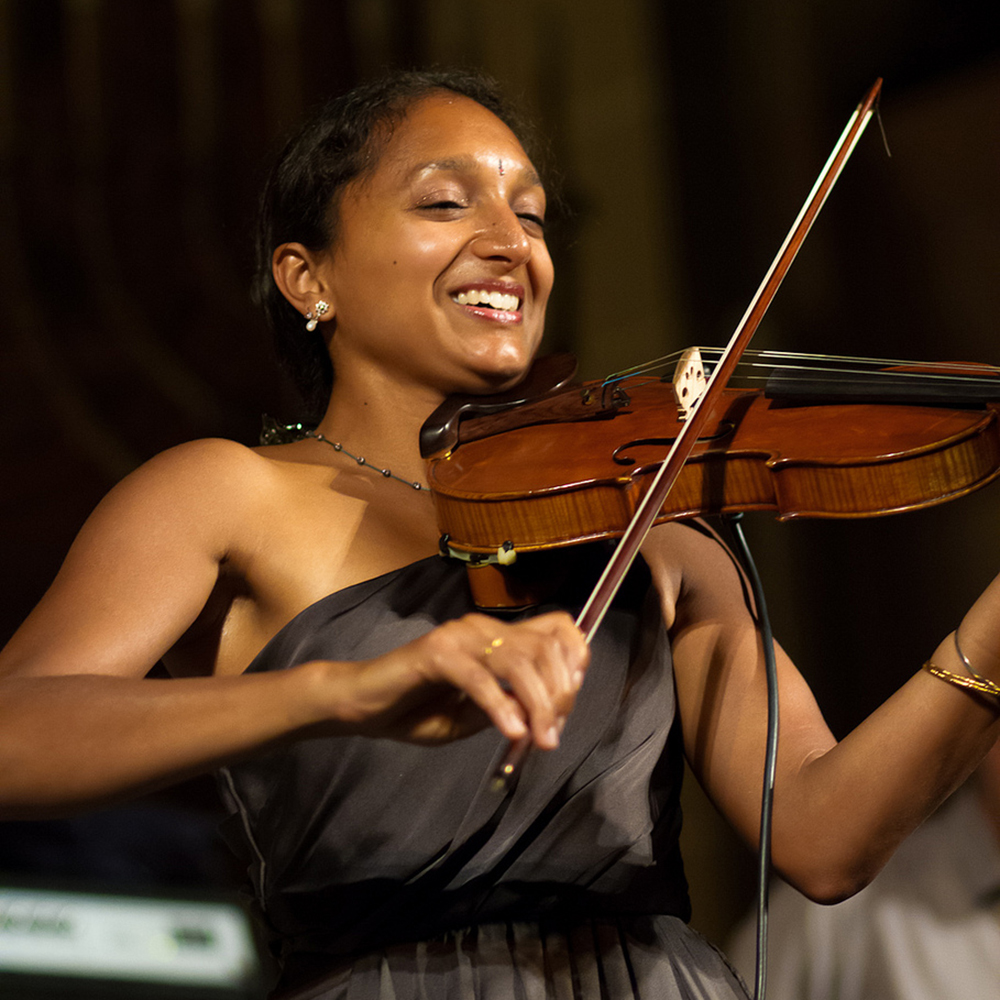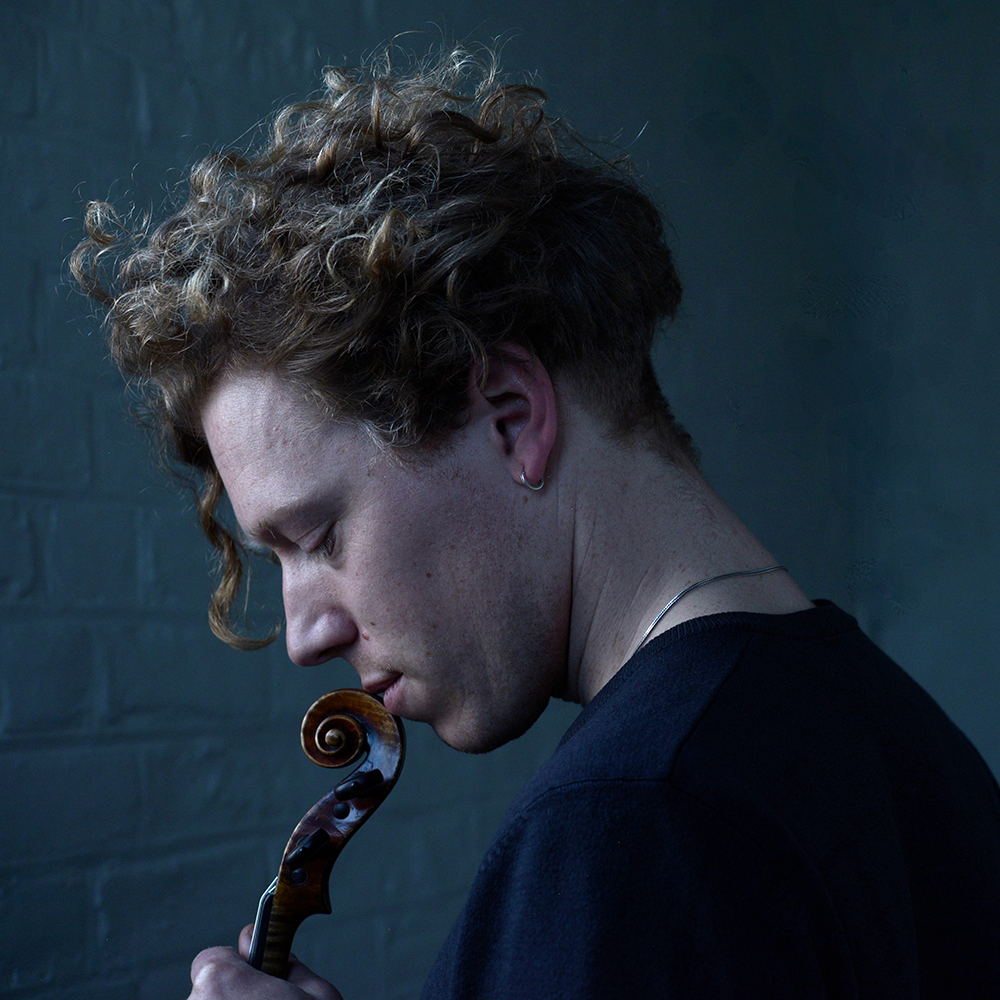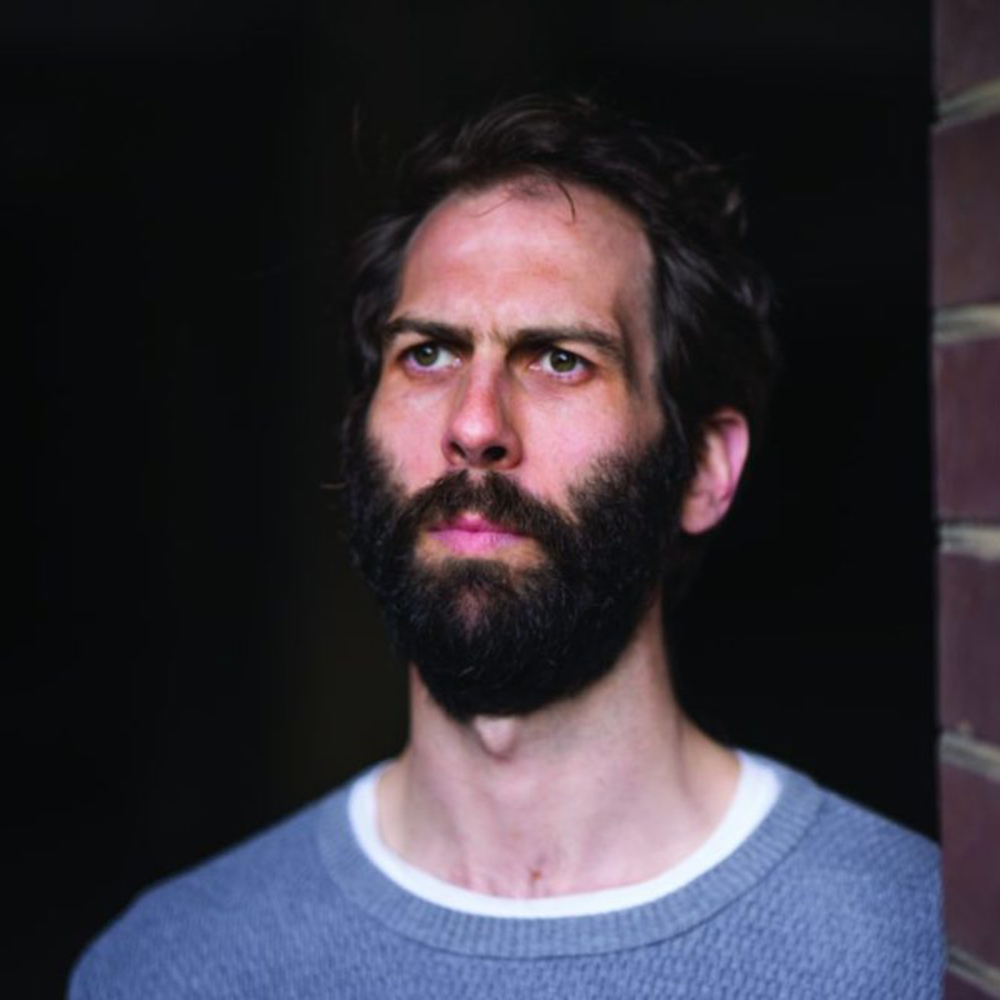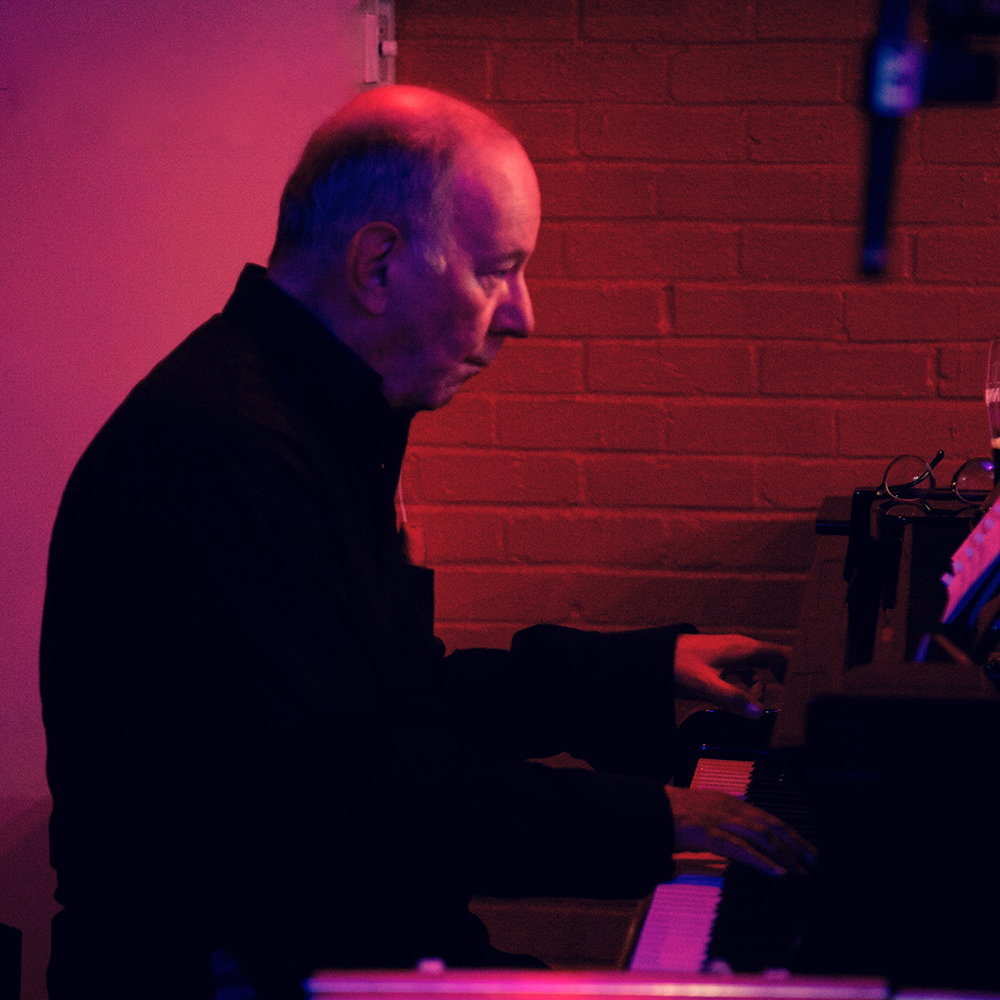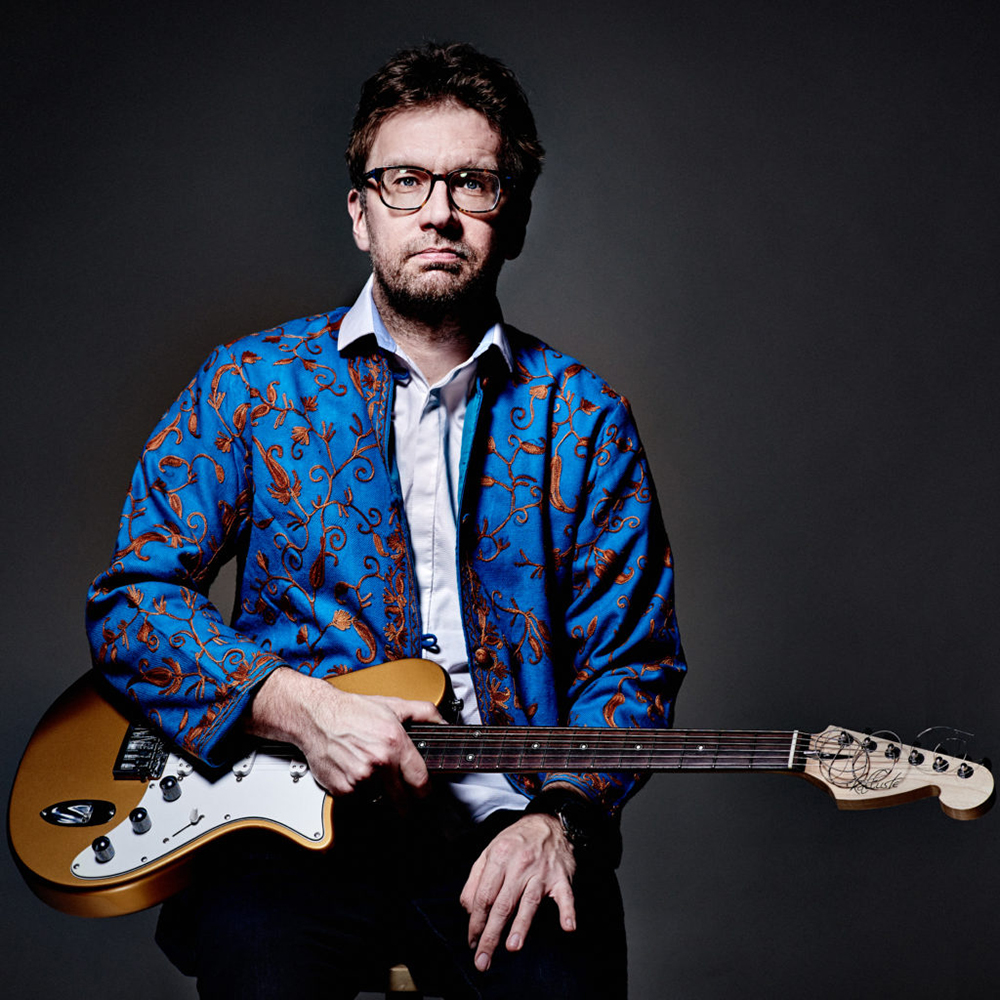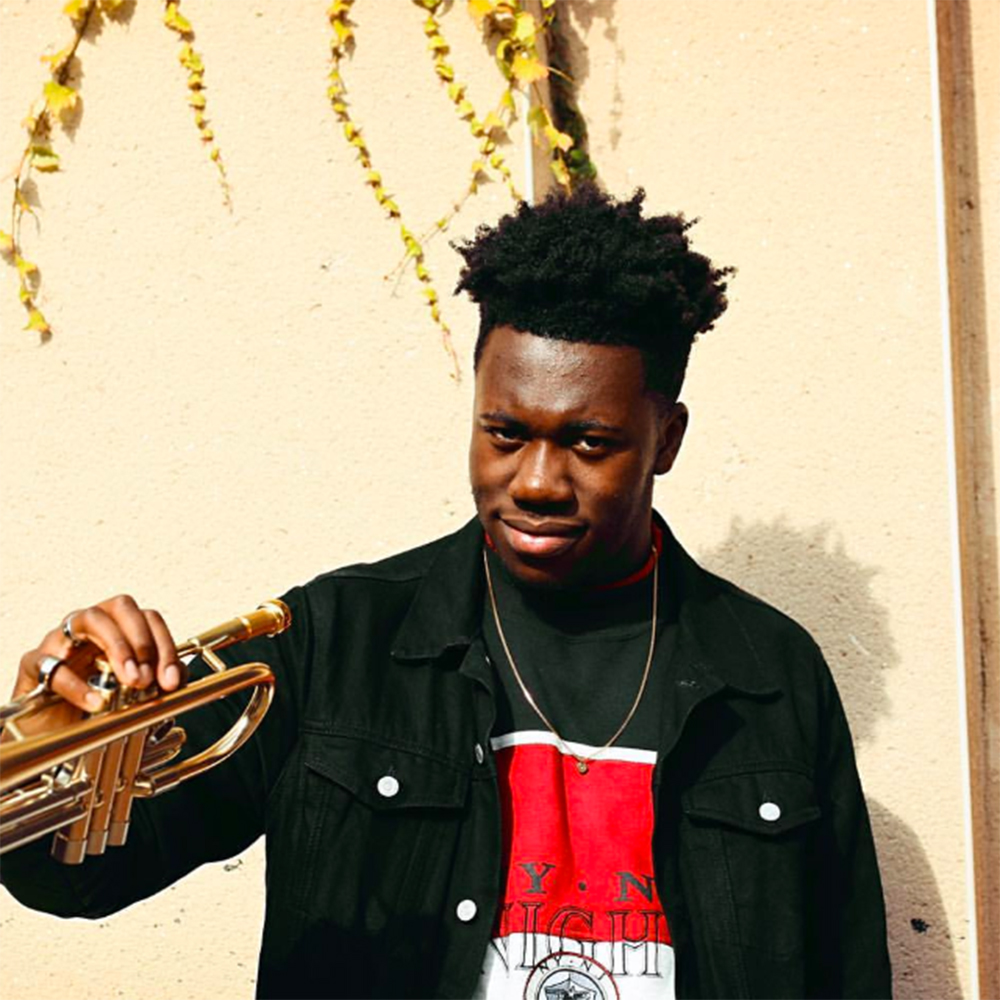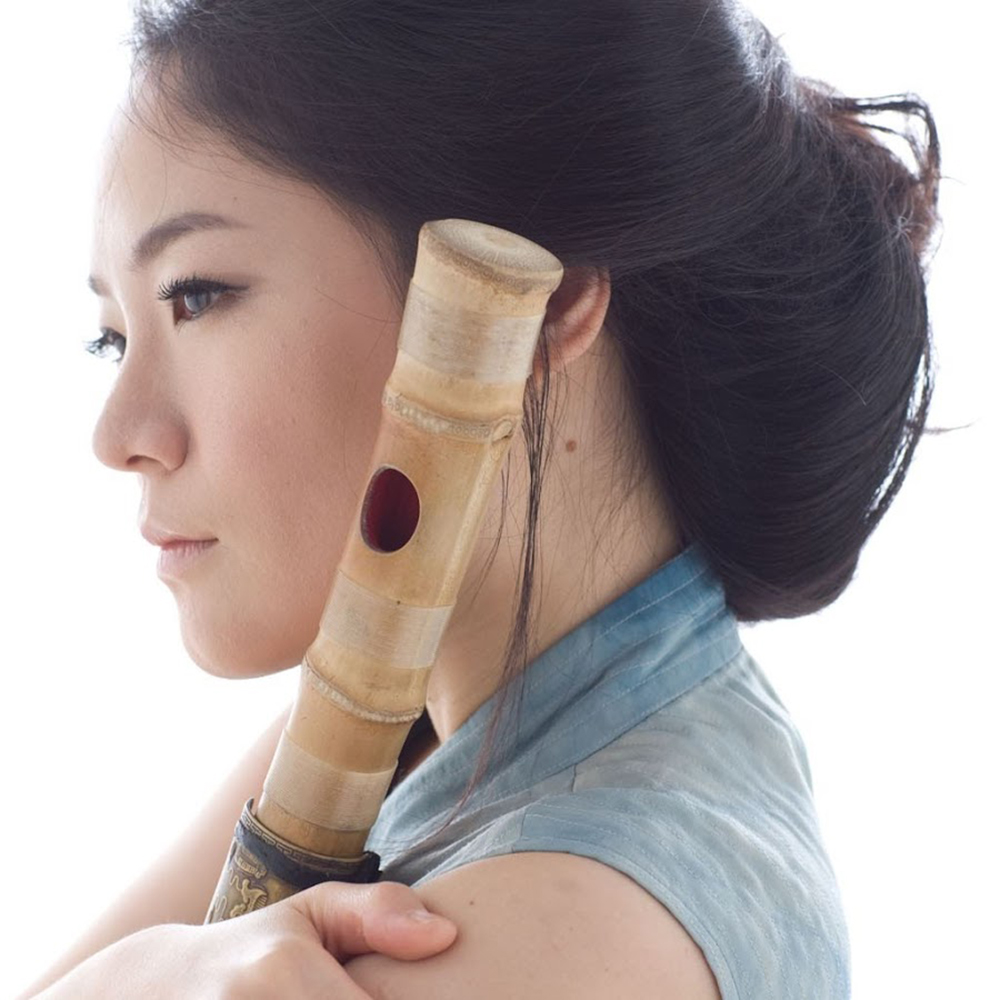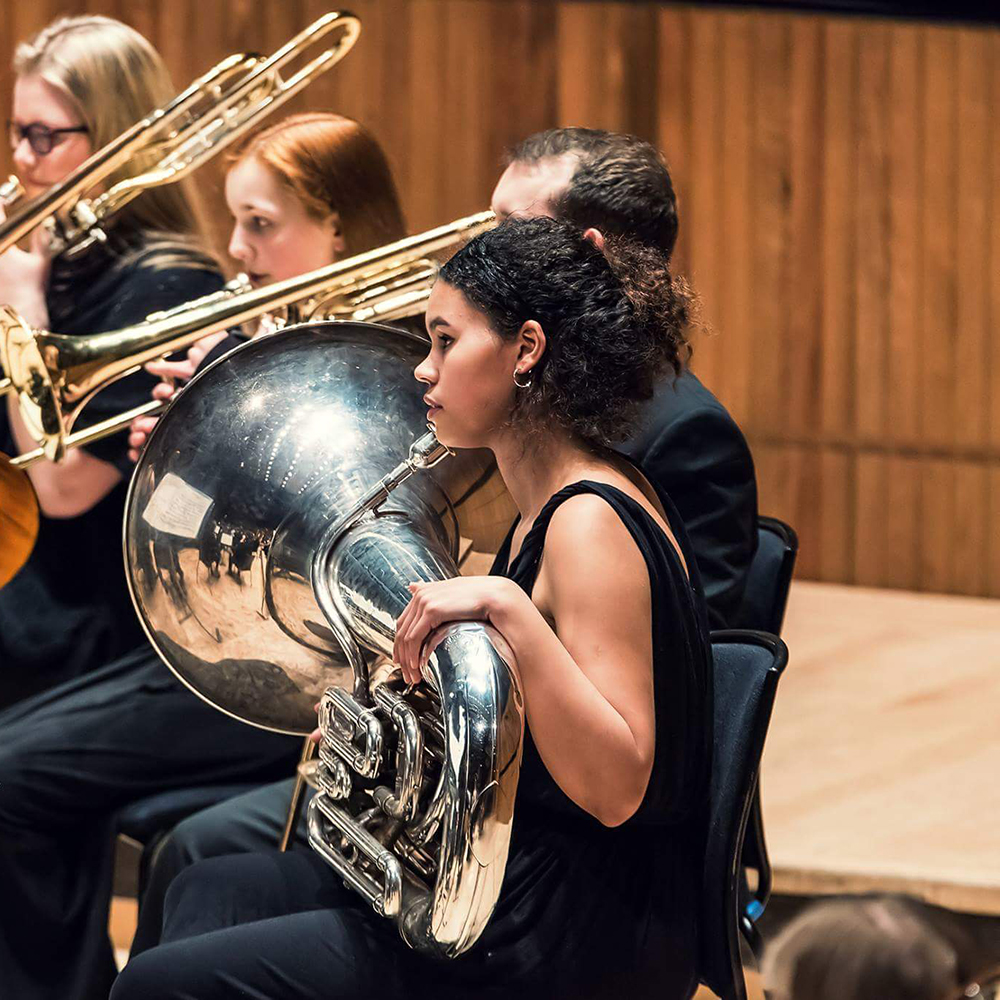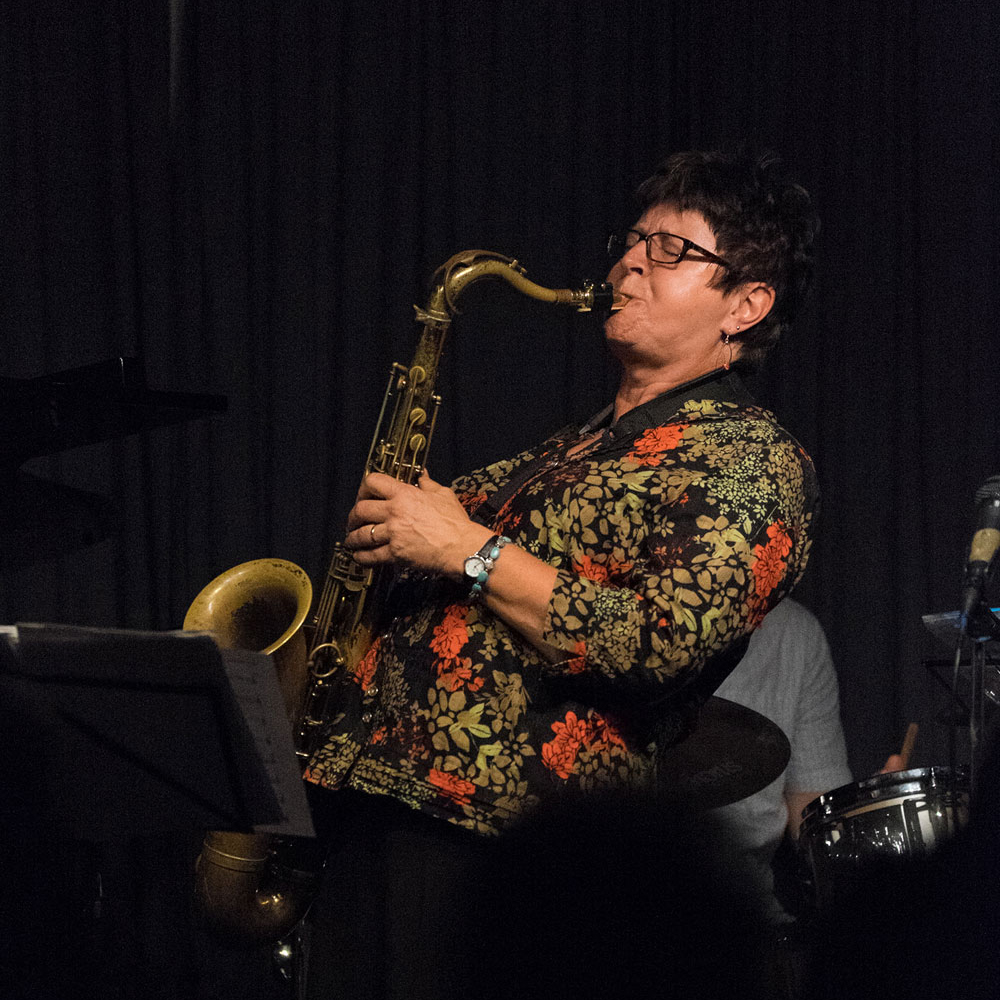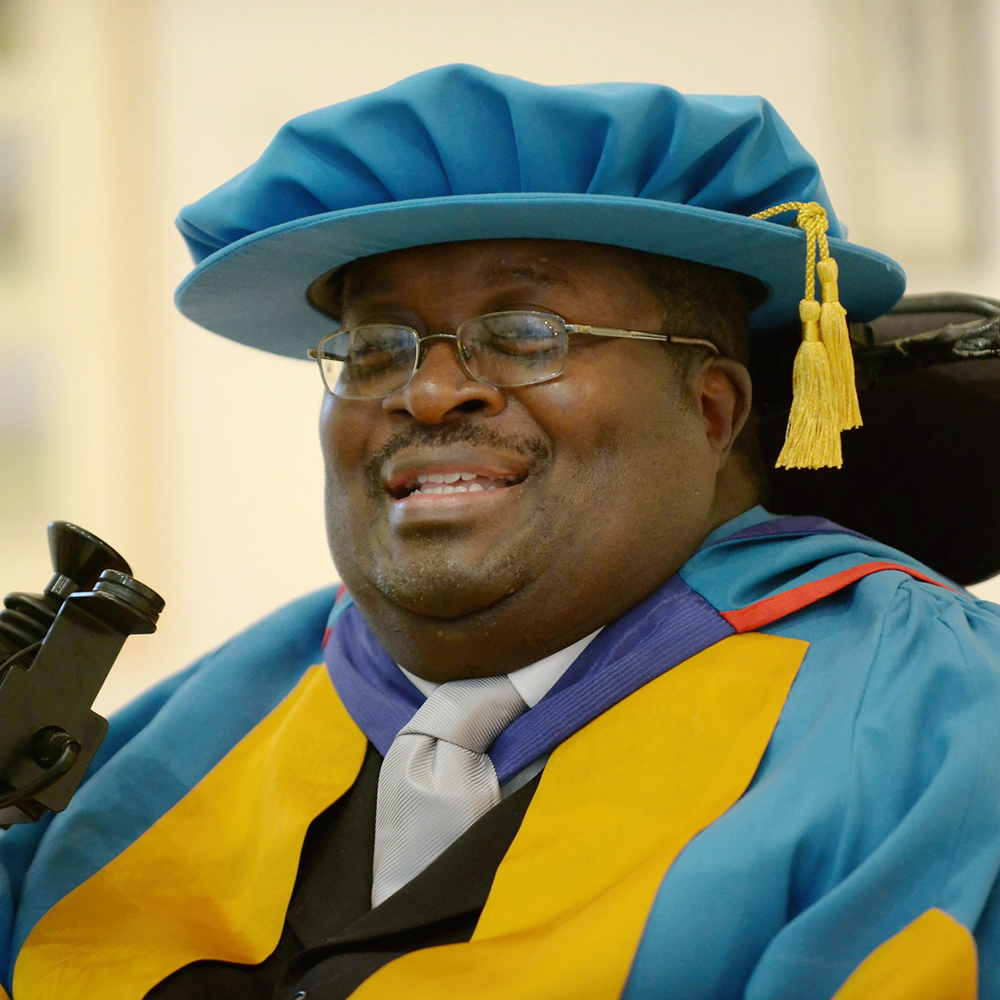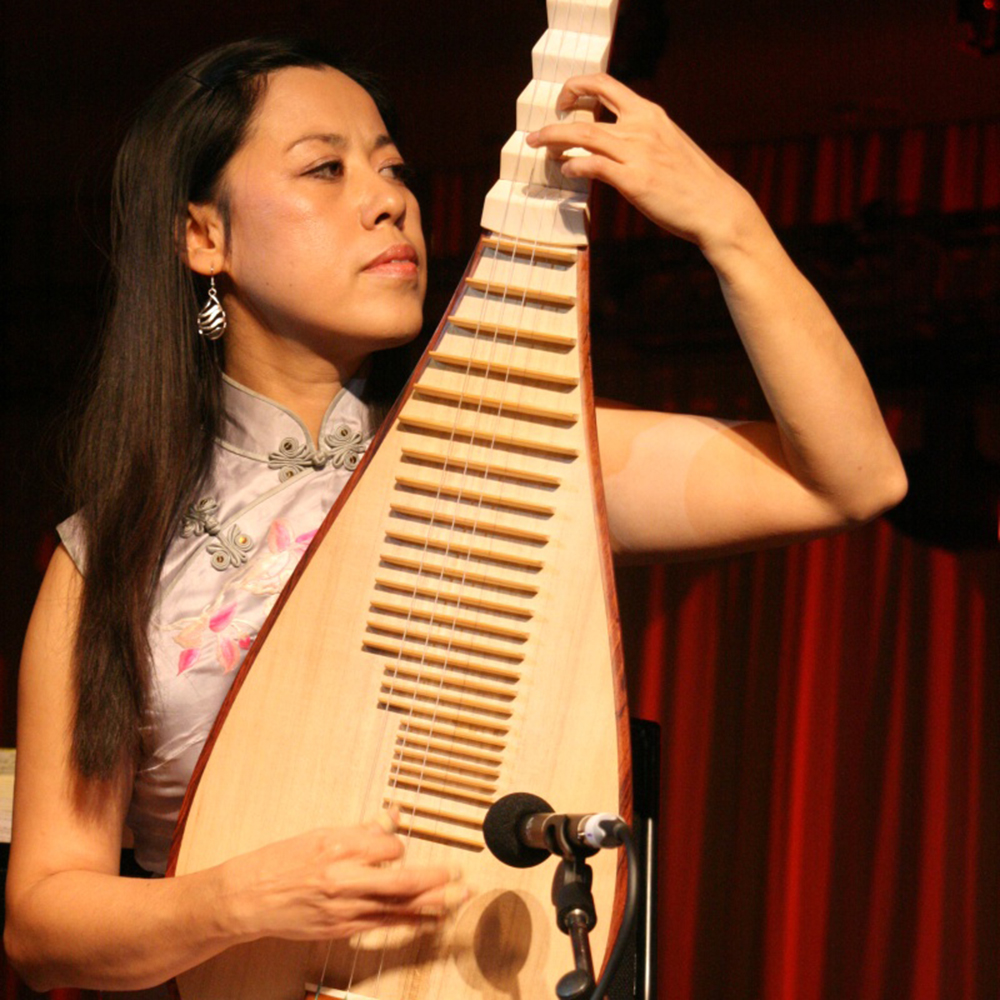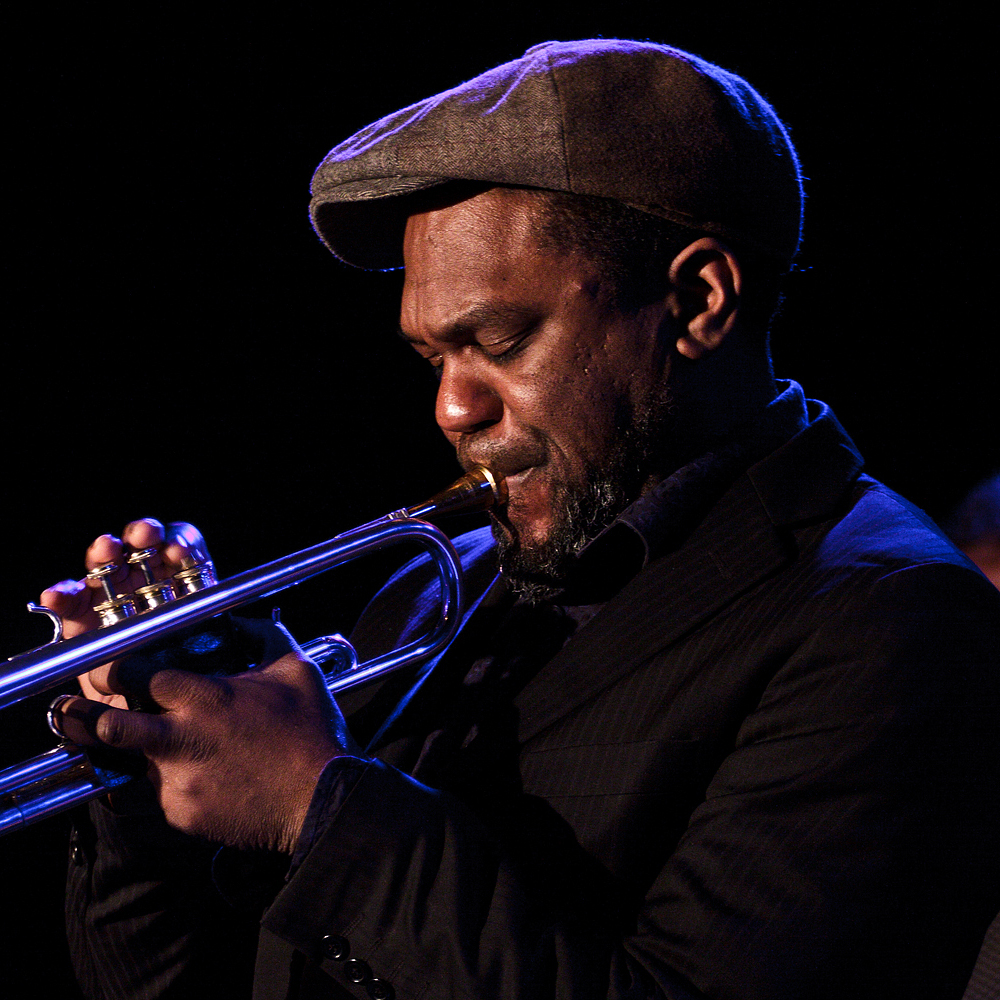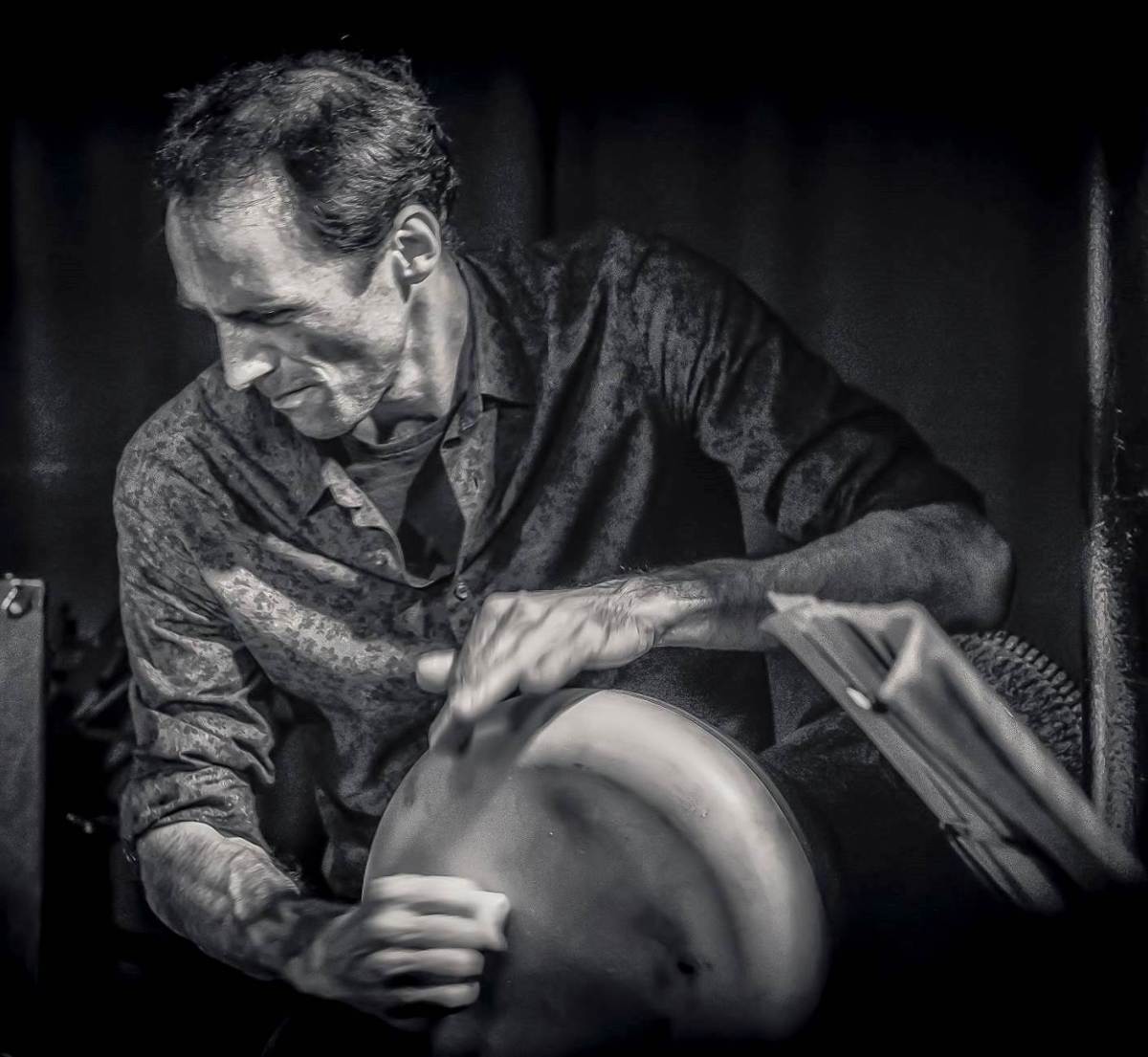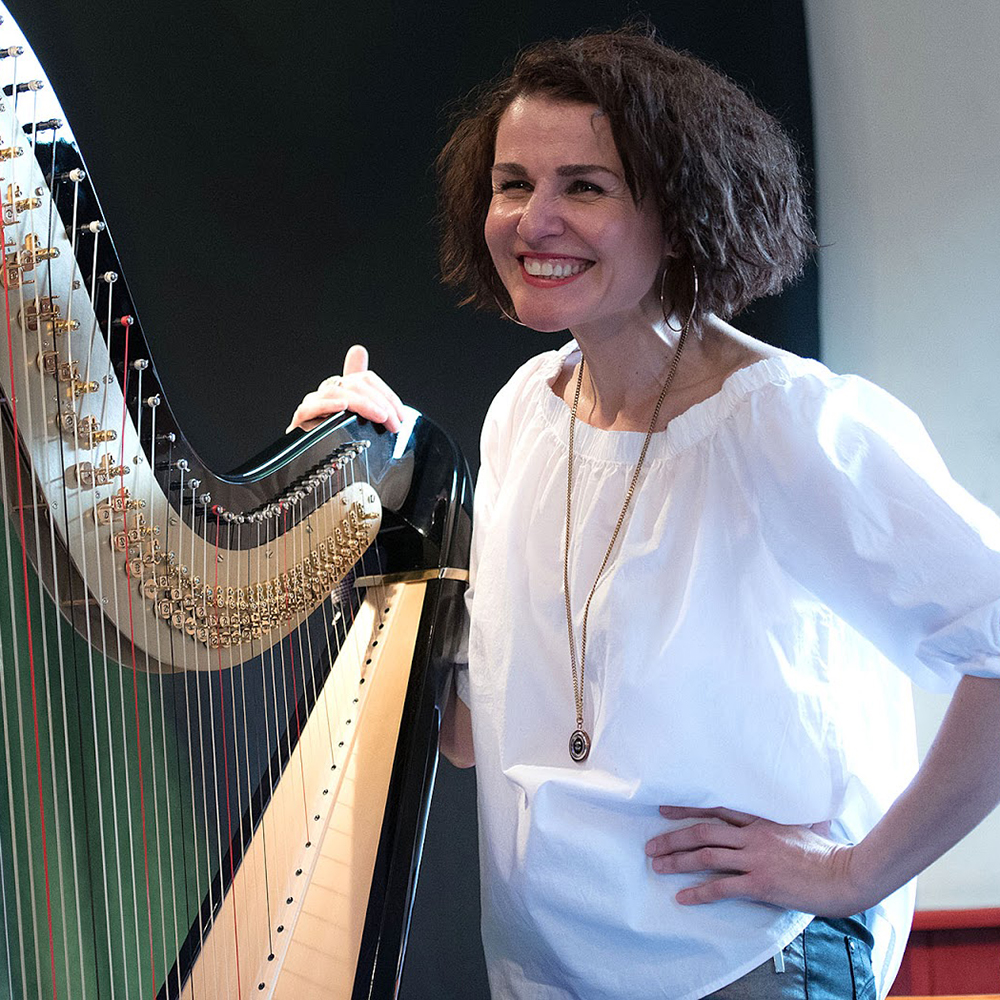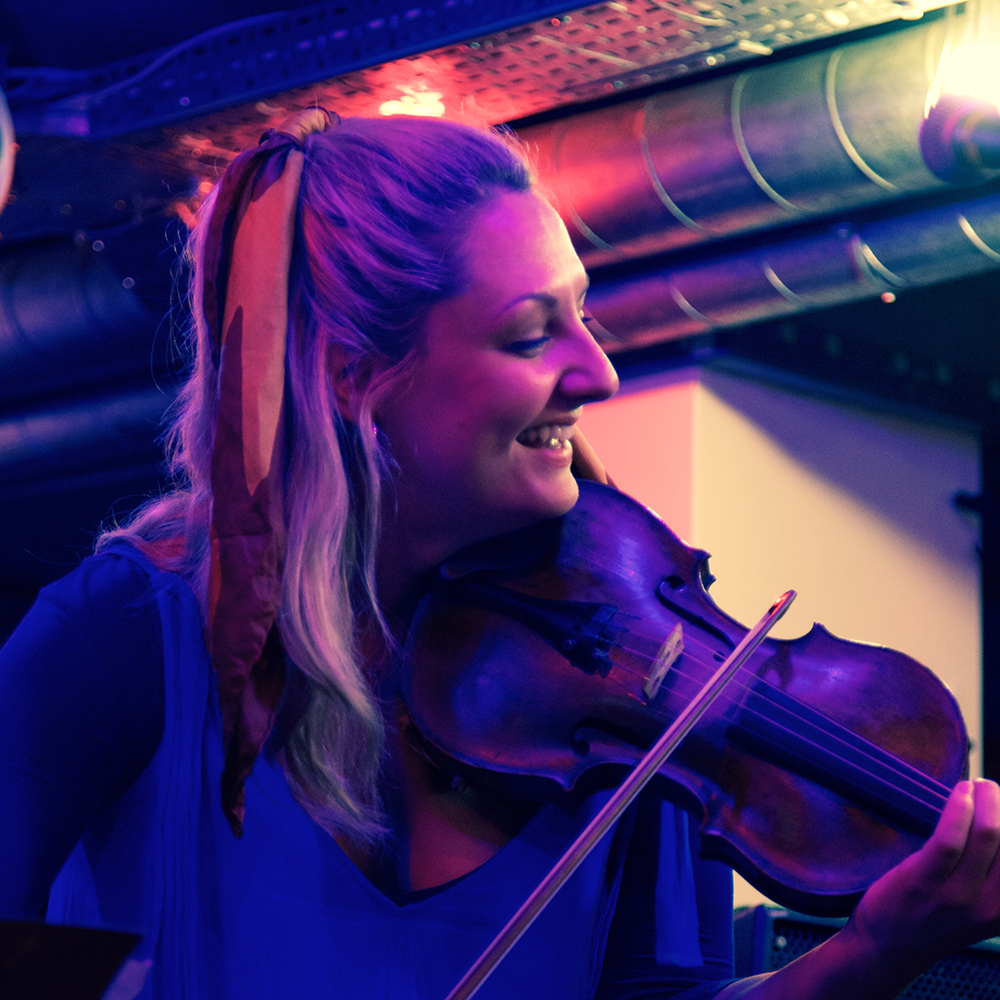Peter Wiegold reflects on the background and impetus behind a new ensemble
The idea for The Third Orchestra was truly spontaneous. Out of many years of working with musicians from across the world, the thought emerged that these collaborations could offer the opportunity to create an orchestra that somehow brought these artists into the same creative place. A world orchestra saying – no boundaries, no preconceptions, everyone is welcome. A music melting pot, or, if you will, a musically level playing field.
Three years ago I was on a delegation in Hohhot in Inner Mongolia. I heard some very fine musicians then someone said, the best horse-hair fiddle player is in town. Somehow my wife Miao Ye found him, and we ended improvising together late at night in the foyer of a very large karaoke house, with me on a white grand piano. Finding the chords to accompany this soulful light stringed instrument, exchanging melodies, there was a simple delight in all of us there, that we could speak to and hear one another, and create a new music together.
My journey into intercultural music-making began back in the 80’s when I worked with Ravi Shankar’s chief disciple Dipak Choudhury at the Bhavan Centre London. The depth of subtlety in the bending of a single note, the rigour and complexities of the tabla rhythms opened my ears to another music. One in which, within these rigours, they would go on long journeys of improvisation.
At this time in my life I was questioning my own classical contemporary music background. I had been successful, with commissions and my own ensemble, but something in me wanted a broader canvas – not just a sonic canvas but to find a different, more open means of interacting with musicians. So, inspired by the Bhavan project, I was determined to understand more about how different musics beyond my own worked, how they were led, the role of a score, the role of improvising and so on.
I spent many more years studying. Especially, I studied Gamelan in Java, playing different roles in the orchestra, watching as everyone decorated the central melody, the balungang. At the end of my stay they invited me to write a piece for the main orchestra, using their number sequence notation. I expected to be the composer, but immediately they took the piece over inventing an opening, adding colours, it was heart-warming that the music suddenly belonged to all present.
Since then, especially in the last 7 years at Club Inégales I’ve sought out and been lucky to find and work with musicians from almost every world tradition. A particular highlight at Club Inégales was in 2017 when, together with the EFG London Jazz Festival, we commissioned 25 new ‘one-page’ scores to celebrate 25 years of the festival. We performed them in two marathon days, with most of the player-composers joining resident band Notes Inégales. With so many new pieces, we decided not to rehearse at all, just fix one or two cues.
These were wonderful performances, the music jumped off the page, took so many unexpected twists and turns. So now with The Third Orchestra, we’ll work again with many of those fine musicians, but this time have the opportunity to explore what happens when a ‘one-page’ score undergoes 5 days of experiment, developing further levels of spontaneity, dialogue, exploring the material in depth, refining my ‘conduction’ leadership process and so on.
We now have the challenge of creating performances that match those free-flowing days. Several of The Third Orchestra performers were there: Alice Zawadzki, Jaak Soooar, Byron Wallen, Hyelim Kim, Matt Bourne, Martin Butler, Simon Limbrick. And now this expands with the addition of more old and new friends – fellow travellers, moving towards a Third Orchestra.
I feel this orchestra will sound wonderful just playing the same note together – there is such a wealth of talent, and a wealth of deep knowledge of particular genres, particular cultures. A Korean musician whose court tradition says that each note is a whole piece in itself. The classical violinist who can articulate a single note in a hundred ways from a whisper to a passionate vibrato. A jazz musician who can negotiate the most entrancing chord patterns. The oud player whose subtle lowering and raising of conventional tuning opens up another world of poetic sensibility. The electronics musician who takes a pure sound and turns it into a torrent of sonic waves then returns.
There are many answers to why it is called The Third Orchestra. This is not about classical meets jazz, or East meets West. It is about each individual bringing their unique heritage and lineage into the work and simultaneously representing all they know, and creating a fresh new music.
How will it work? Most traditions (including classical) play in some way with pre-prepared material meeting devising and improvising. I love the baroque term ‘realisation’, the idea of bringing basic ingredients to life.
In fact, I remember another important inspiration. As student at Durham University I played guitar in Raymond Leppard’s realisation of Monteverdi’s ‘The Coronation of Poppea’. Too much for purists, but I loved being surrounded by the free-form spinning lines he created around the Monteverdi on harpsichords, guitars, strings. I suspect I have been trying to re-create that florid exuberance ever since.
So, for The Third Orchestra we will work with the starting concept of the ‘one-page’ scores’. Then, in rehearsal, we will colour them, explore routes through them, fix some moments, whilst opening doors to solo and group improvisation in performance.
The theme for the opening concerts is, ‘the space between’’. I have invited members to work on core ideas with titles like: ‘the far away home’, ‘the moment before dawn’, ‘the poisonous fire.’ And as we have been sharing the materials it has been fascinating as the same ideas in a piece travel from India to the Middle East to Spain to Britain – and back to China, Korea and Japan.
‘The space between’ has been a long fascination for me. Between composition and improvisation, composer and performer, performer and audience. Between horse-haired fiddle and grand piano. Entering a liminal space, where there is both form and freedom, and you wait to see which moves you. We called the Jazz Festival events, ‘Expect the Unexpected’.
Somehow when I’m in that generous space I relax, because it is so spacious and open, yet might in a moment turn on a penny into another. A tight rehearsed groove overtaken by an explosion of colour followed by a breakout solo. I hope the audiences will also not only feel the pleasure of this music, but see these pieces being made before them.
Peter Wiegold
February 2019
